After the merger of 3 old communes (Chieng Lao, Hua Trai, Nam Gion), Chieng Lao commune now has a wide open development space, creating favorable conditions for planning and orienting economic development in the areas in the commune. Chieng Lao commune has effectively used capital from programs and projects to support people in building economic models suitable to the potential and advantages of the locality. Creating conditions for people to access preferential loans for investment in production development; propagating and mobilizing people not to rely on the support of the State, to be self-reliant in economic development and escape poverty.
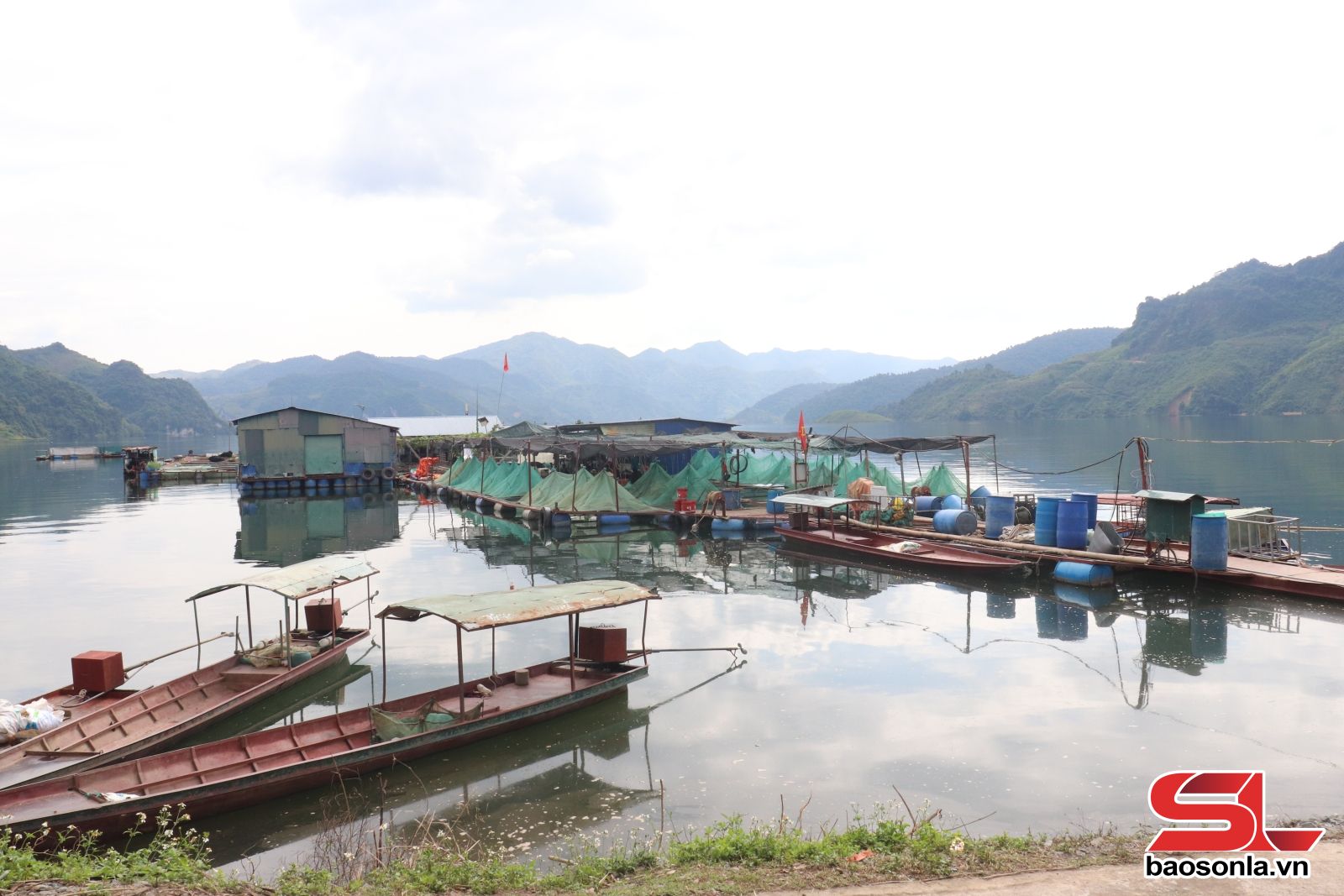
Up to now, the whole commune has 1 cooperative operating in the field of aquaculture and hundreds of households raising fish in cages, with a total of 329 fish cages, concentrated in villages along the river such as Na Nong, Ta Sai, Phieng Cai, Pa Mong... Each year, the fish output supplied to the market is nearly 1,000 tons; the exploited output reaches 40 tons/year.
People also maintain and take care of 815 hectares of fruit trees and hawthorn, with an average yield of more than 4,000 tons/year; cultivate nearly 500 hectares of rice fields, 110 hectares of upland rice, more than 1,300 hectares of corn; raise 20,000 cattle and nearly 90,000 poultry.
Currently, there are more than 100 households in the highland Mong ethnic villages, such as Pa Song, Huoi Hau, Phieng Pha, Dan En, maintaining and developing the profession of raising wild bees for honey, with an output of nearly 10 tons of honey/year and a revenue of over 1 billion VND. Chieng Lao stone honey products are built in a chain and are recognized as meeting OCOP standards.
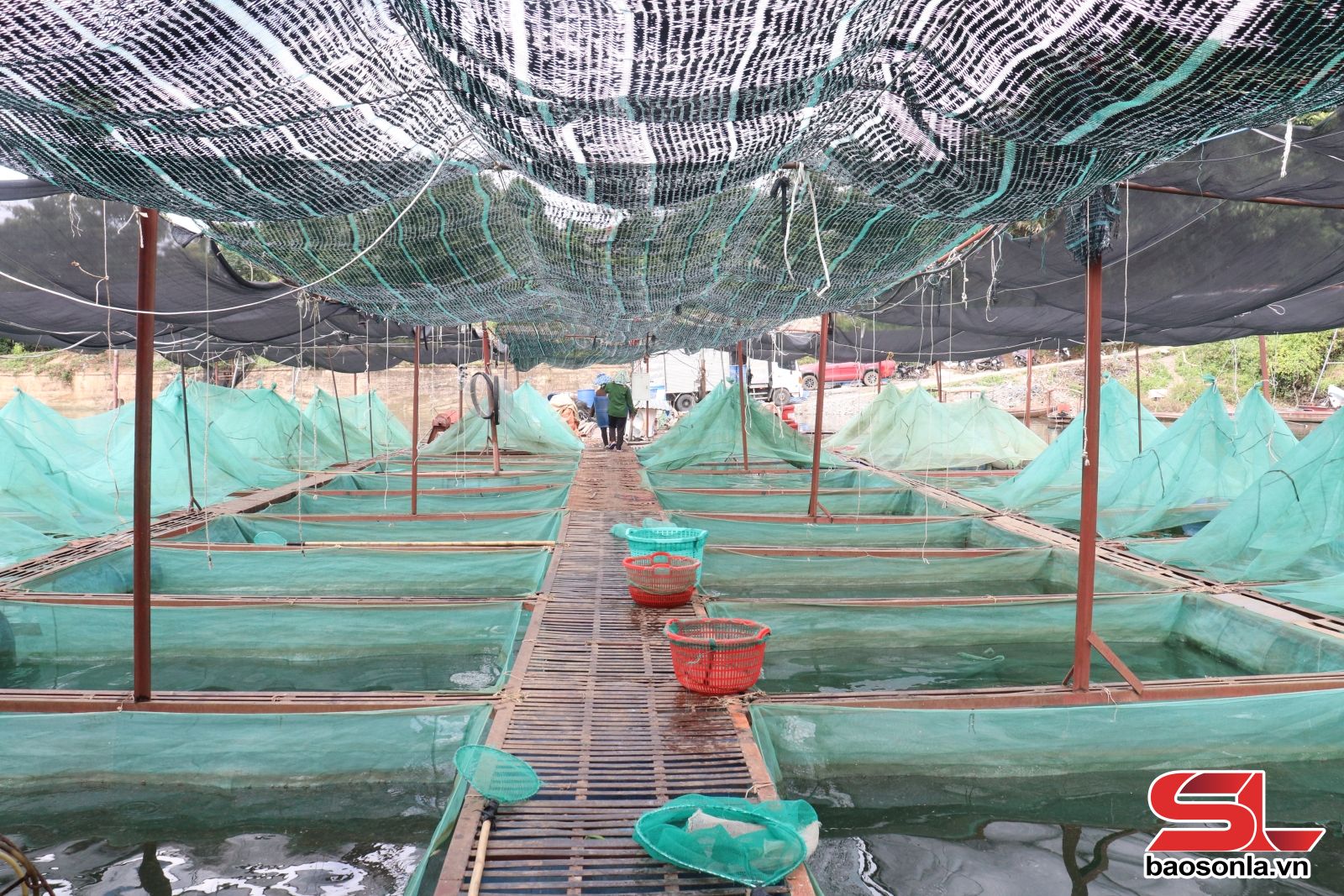
Arriving at Na Nong village, we visited the fish cage farming model of Mr. Tran Anh Tuan's family, the largest fish cage farming household in the commune. What impressed us was the well-designed fish cage system, cared for according to strict procedures.
Mr. Tran Anh Tuan, Na Nong village, said: Currently, my family maintains 26 fish cages, raising from common fish species such as tilapia, grass carp, black carp to species with high economic value, such as dot catfish, sturgeon, eel. Each year, the family sells 25 to 30 tons of commercial fish, with an income after deducting expenses of 700 - 750 million VND. In addition, the family also buys fish for people in the area; processes additional products such as fish cakes, braised fish and dried shrimp for sale, creating regular jobs for 15 local workers, with an income of 7 million VND/month or more.
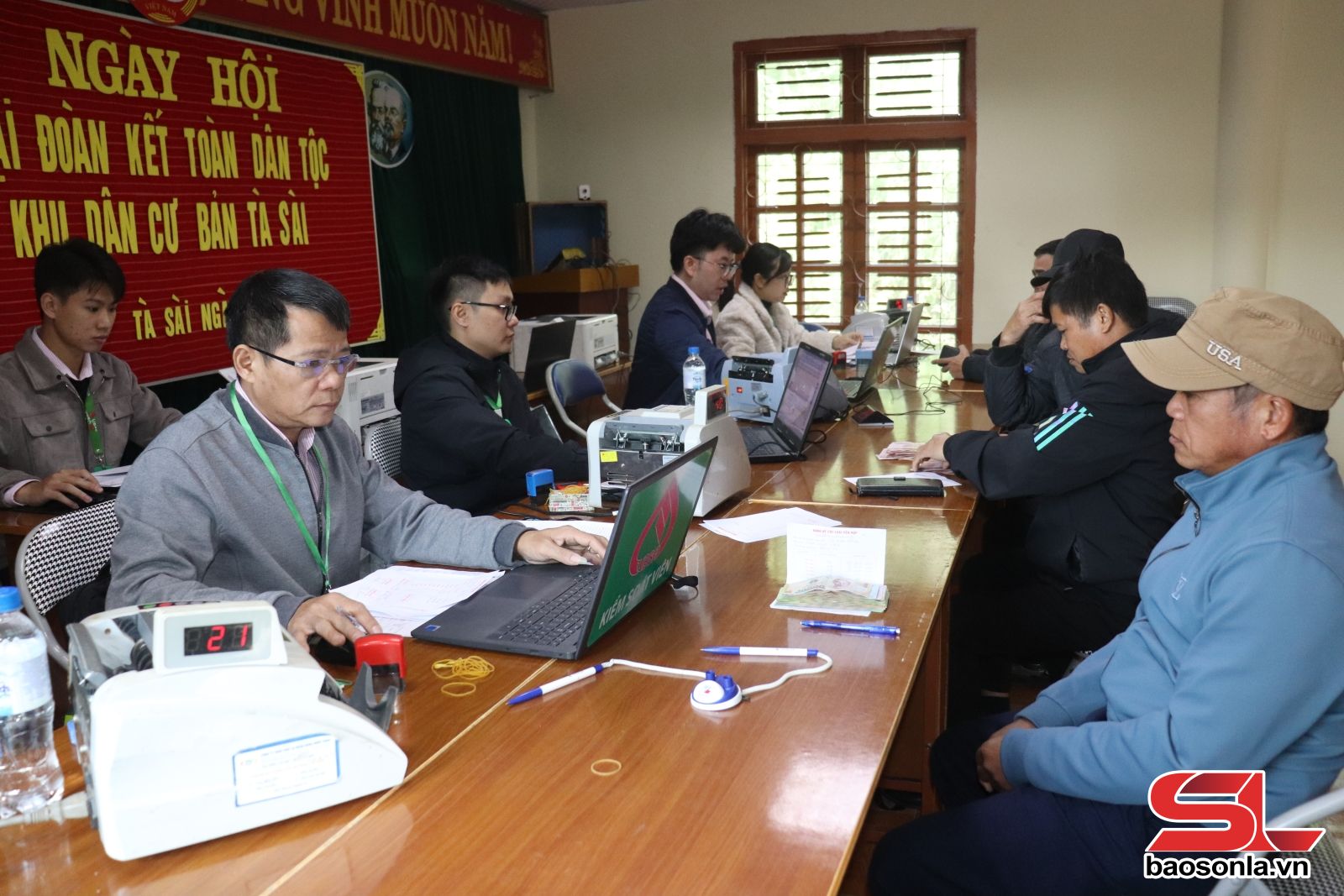
Leaving Na Nong village, we arrived at Ta Sai village, right when the Transaction Office of the Social Policy Bank in Muong La area was holding a meeting, collecting periodic interest and disbursing loans to people in the commune.
Ms. Mua Thi Chung, Deputy Director of the Transaction Office of the Social Policy Bank in Muong La area, said: Currently, Chieng Lao commune maintains 34 savings and loan groups, with a total outstanding loan balance of over 132 billion VND, and more than 2,400 households borrowing capital. The Transaction Office has advised the Commune People's Committee to organize 3 transaction points in Hua Trai, Nam Gion and Chieng Lao, creating favorable conditions for people to access loans for economic development and poverty reduction.
Having just received a disbursement of 100 million VND from the Transaction Office of the Social Policy Bank in Muong La area, Mr. Lo Van Toan, Na Nong village, excitedly said: From this loan, my family will invest in building a solid barn. I plan to buy 7 breeding cows to raise in the barn. My family will use the loan for the right purpose, pay interest on time, try to take care of the cows to grow well, increase income, and improve life.

Mr. Pham Quang Son, Vice Chairman of the Commune People's Committee, said: Every year, the commune also coordinates with units and enterprises to organize consulting and job introduction for workers in the commune to work at companies and enterprises inside and outside the district. There are more than 1,400 people working in industrial parks outside the province, with an income of 9 - 12 million VND/person/month.
Striving to reduce the commune's poverty rate to below 13.5% by 2030, Chieng Lao commune focuses on effectively using capital sources, especially capital sources from national target programs to support the construction and replication of new economic models. At the same time, building a chain of local specialties and key products; exploiting the potential of hydroelectric reservoirs to develop eco- tourism combined with community experiences; developing forest economy, growing medicinal herbs under the forest canopy... Prioritizing investment in infrastructure, especially transportation in mountainous and remote villages, creating convenience for people to transport goods, promoting economic development, eliminating hunger and reducing poverty.
Source: https://baosonla.vn/nong-thon-moi/chieng-lao-no-luc-giam-ngheo-ben-vung-Y8a5asmDR.html










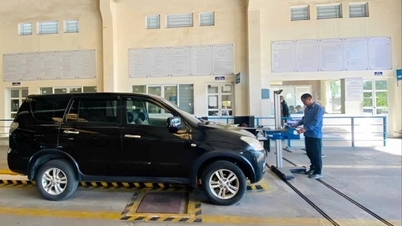

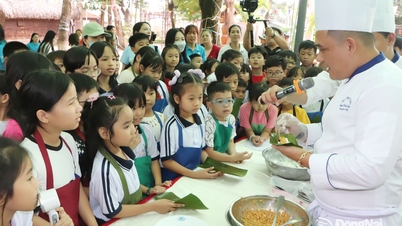

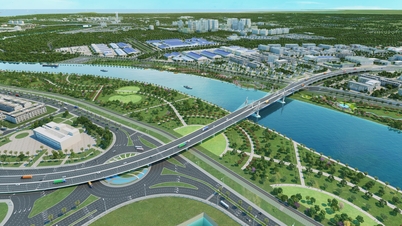

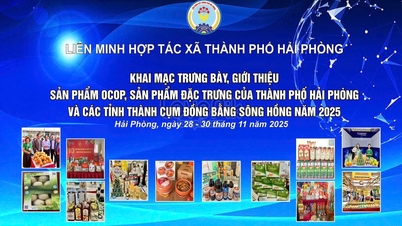




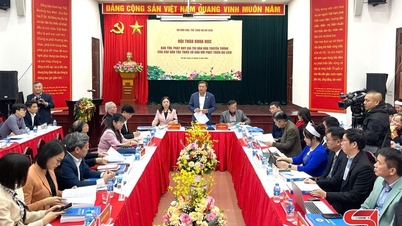
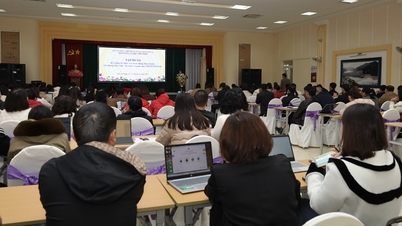











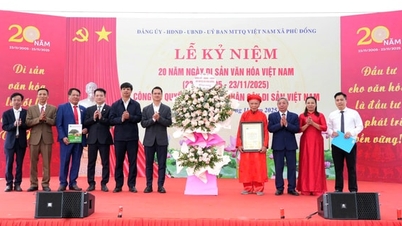





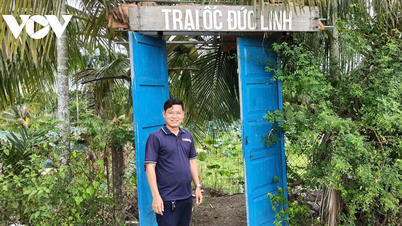

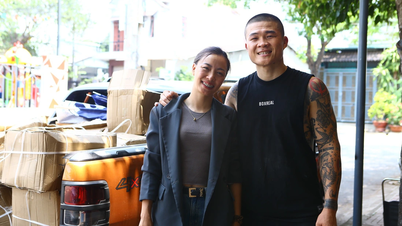

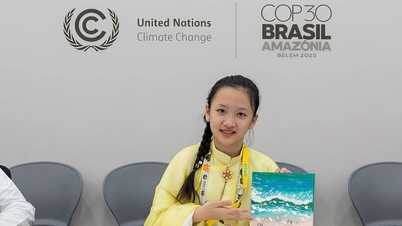



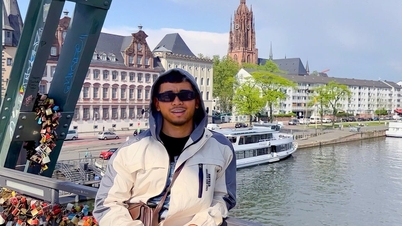















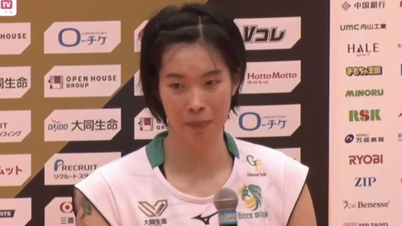

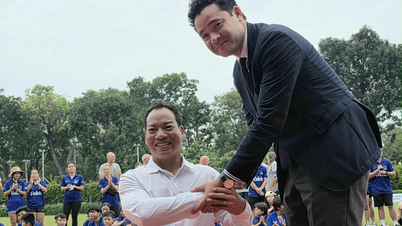





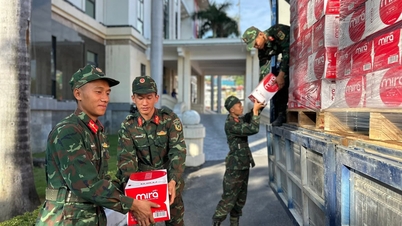





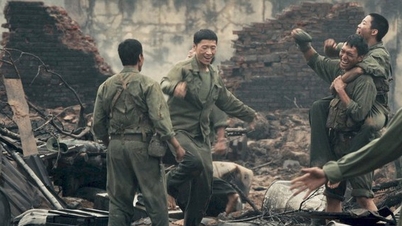
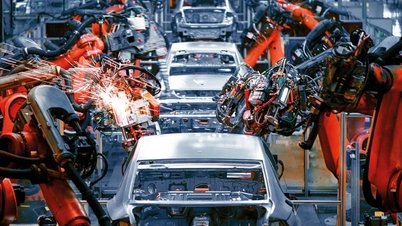






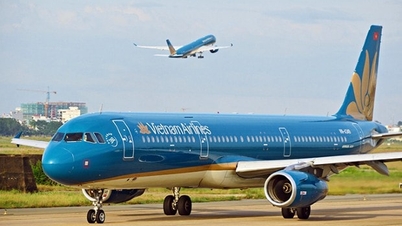
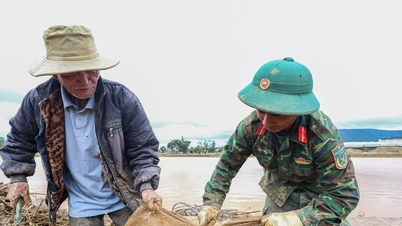

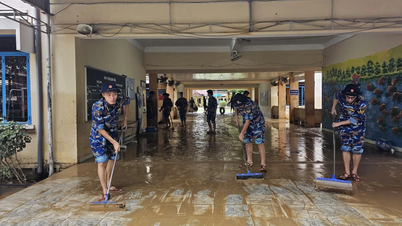












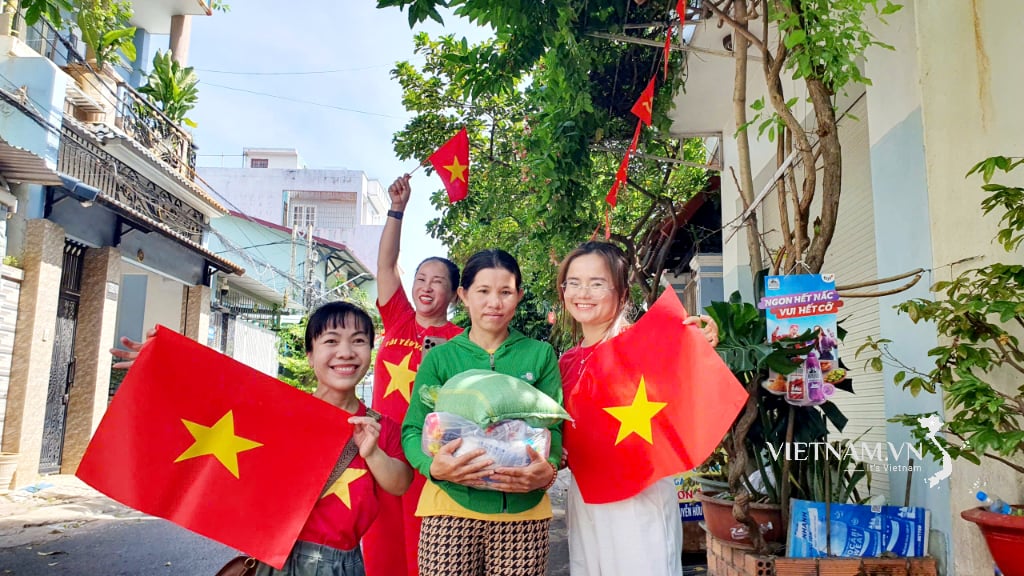


Comment (0)